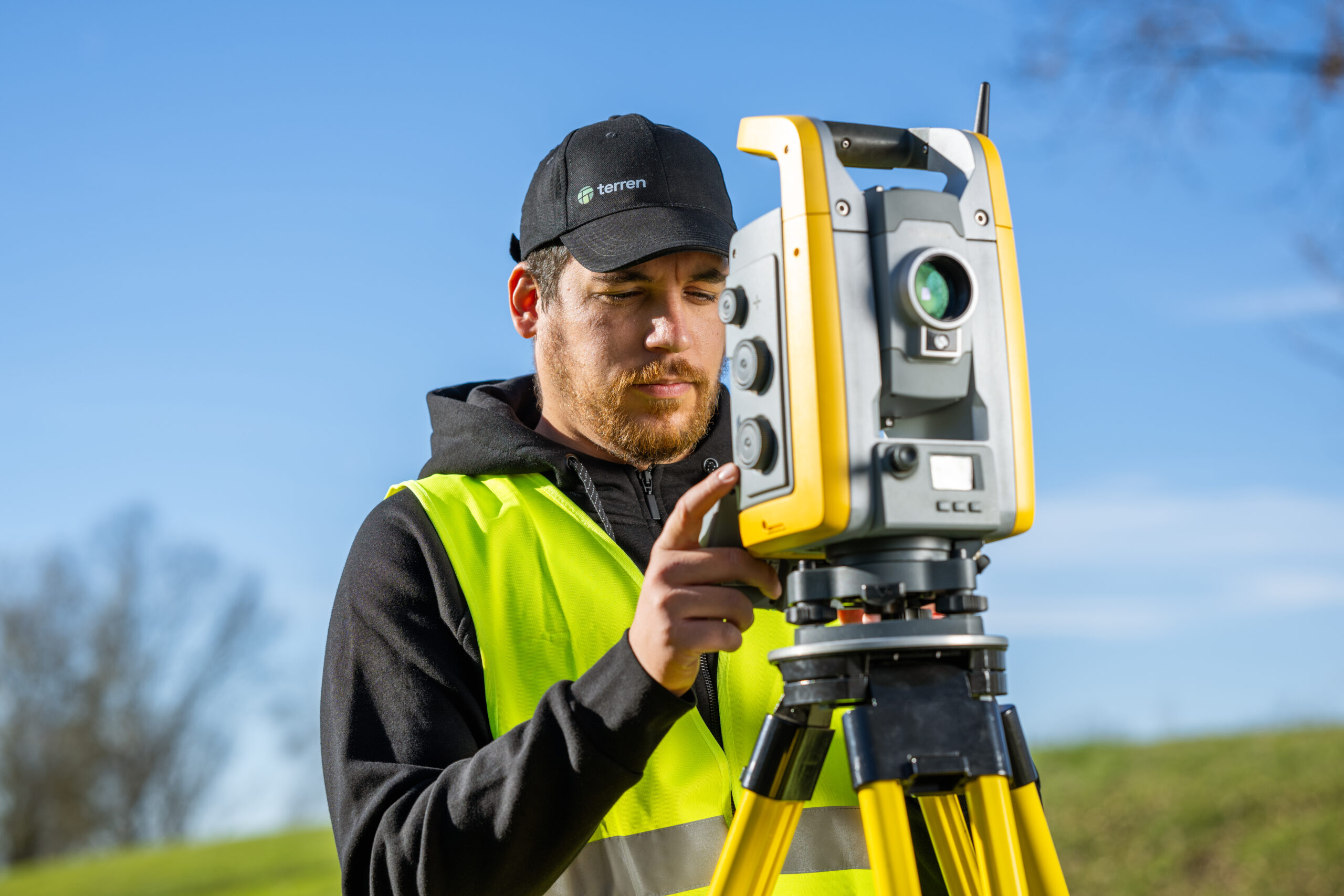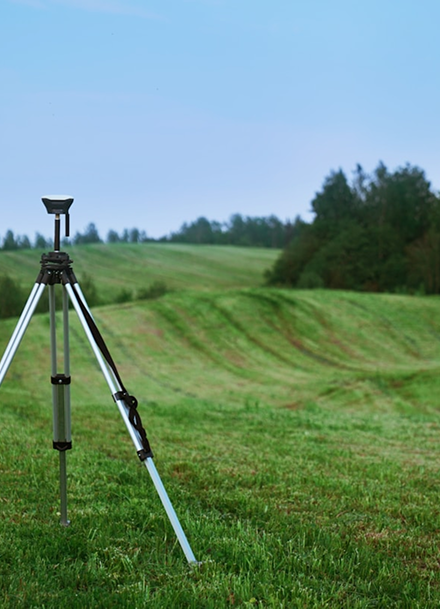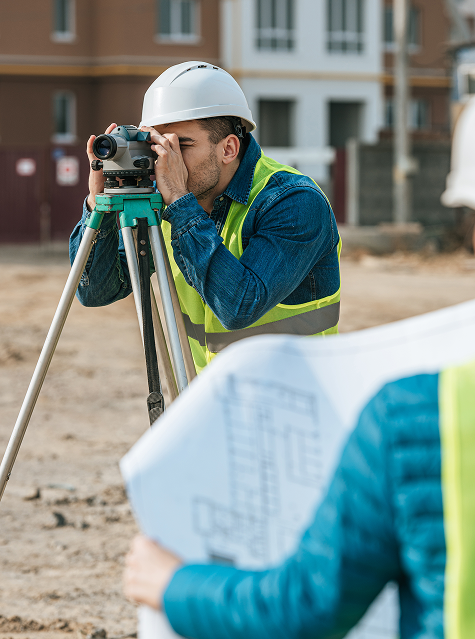We measure thoroughly and accurately
Cadastre-land registry integration
A common problem in practice is the mismatch between the cadastral and land registry status.
In the cadastre, i.e. the title deed, the area of the plot is written, while in the land registry (land registry) the area is completely different, which creates confusion about what we are actually using and what the area of the plot is that we are using.

In the field, the particle most often coincides with the cadastral state, i.e. In most cases, you actually use the square footage written in the title deed on the field. However, the cadastre does not indicate ownership, but only possession!
For example, according to the cadastre (ownership certificate), you use 800 m 2 and this is probably the situation on the ground. However, the title deed says that you only have 500 m 2 . This means that you are the owner of 500 m 2 , not the entire 800 m 2 . If you plan to sell the particle, build on it and the like, you will not be able to dispose of the particle, but you will need to match it first.
In the past, people avoided paying taxes and bought and sold land without making any changes to the land registry. Sometimes there were purchase and sale contracts, but they were never executed, in other cases they were lost or not notarized.
In situations where you have a purchase and sale contract and are not registered as the owner, but want to sell the property, you are in an unenviable situation because a potential buyer cannot be sure that they will be able to register in the title deed.

Testimonials
Customer satisfaction is our top priority.
We measure your goods for your good.
Our strength is a team of experienced and certified geodetic engineers, with more than 15 years of experience working on a wide variety of projects throughout Croatia.



FAQ
How much does a compliance study cost?
The price is defined depending on the purpose, location, size of the plot, compliance with the cadastre and land registry, etc.
When planning to request the services of a surveyor, the basic information you need to prepare is the cadastral plot number and the name of the cadastral municipality or the address of the building (if there is a building on the plot). Based on the information about the plot and the purpose of the study, the surveyor will be able to tell you what purpose the study you need is for and what the price of the service will be.
What documents are needed to create a geodetic study?
Is my facility legal?
If a property is registered in the cadastre and land registry, this does not mean that it is legal.



